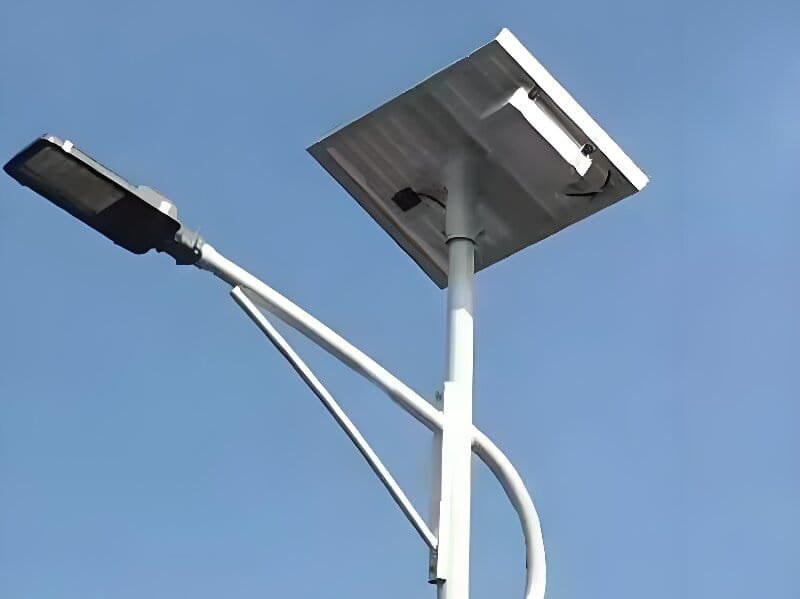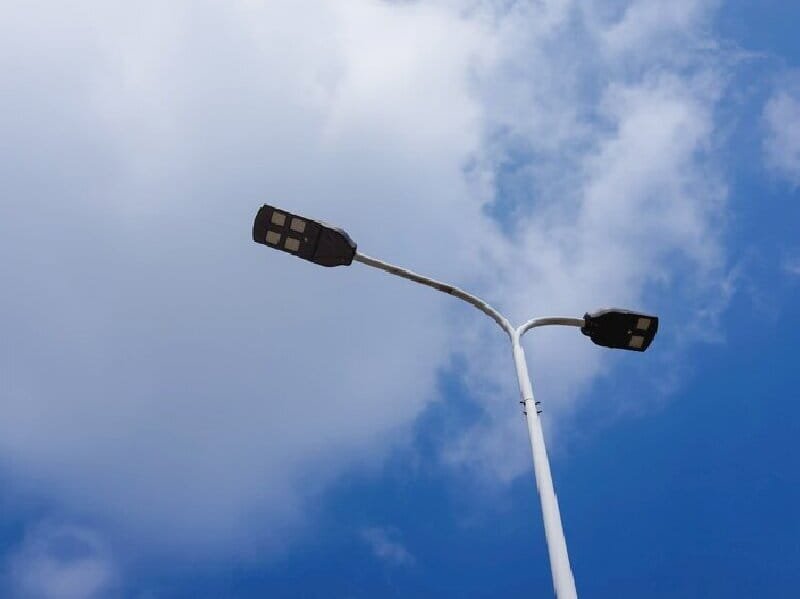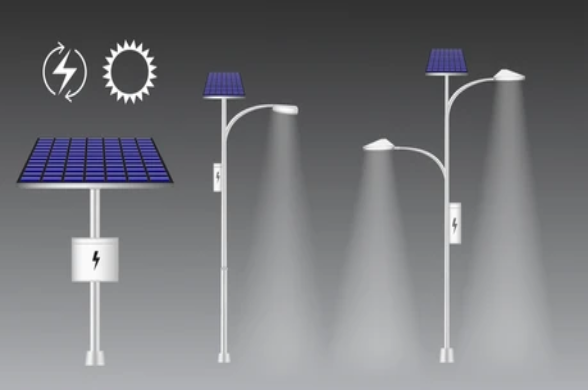LED lights have become the cornerstone of modern lighting, offering high efficiency while helping save energy and reduce maintenance costs. Understanding key facts about LEDs can help you make more informed lighting choices. Whether you are selecting lighting for home use or for street lighting systems, mastering the basics of LED technology will save you time and money.
What Are the Important Facts About LED?
LEDs (Light Emitting Diodes) are a highly efficient lighting solution widely used in residential, commercial, and industrial sectors. Understanding the key features of LEDs will help you make better decisions for your lighting needs.
- Energy Efficiency: LEDs consume less electricity compared to traditional light sources, helping reduce energy bills.
- Long Lifespan: LEDs last significantly longer than incandescent and fluorescent lights, reducing replacement frequency.
- Non-toxic and Eco-friendly: Unlike other lighting products, LEDs contain no harmful substances and are recyclable.
- Instant Light: LEDs reach full brightness instantly, without any warm-up time.
Knowing the different types of LEDs, like SMD and COB, will help you choose the best product for your specific application, ensuring you get the best performance and cost-effectiveness.
What Are the Key Principles of LED?
LEDs work by passing current through a semiconductor material, which releases light when electrons combine with holes in the material. This process is different from the heat-based light emission of traditional bulbs, making LEDs more efficient and durable. Understanding the principles behind LED technology can help you select the right products for your needs.
Why Understanding LED Types Is Crucial?
There are many different types of LEDs, the most common being SMD (Surface Mounted Diode) and COB (Chip on Board). These two LED types differ in design, light output, application suitability, and cost. Understanding these differences helps you make the right choice based on your lighting requirements.
Types of LEDs
SMD LED
SMD LED refers to a small LED chip that is directly mounted onto the circuit board. Its design allows for wider beam angles, making it suitable for general lighting applications.
- Advantages:
- Highly efficient and energy-saving.
- Provides even light distribution, ideal for large areas.
- Flexible and suitable for a variety of applications.
- Common Applications: Street lights, floodlights, high-bay lights, linear lights.
COB LED
COB LED (Chip on Board) uses multiple LED chips mounted together on a single board, providing higher light output, ideal for applications that require focused, intense light.
- Advantages:
- High CRI (Color Rendering Index), which enhances color quality.
- Suitable for concentrated, high-intensity lighting.
- Lower manufacturing cost and easier to install.
- Common Applications: Downlights, track lights, spotlights.
Other LED Types (Optional)
In addition to SMD and COB, there are other types such as MCOB (Multi-Chip on Board) and MCCOB (Miniature Chip on Board). These are used in applications requiring high power or brightness, typically in specialized industrial lighting.
SMD vs. COB LED Comparison
Basic Structure & Design
- SMD LED: Comprised of individual LED chips mounted directly on a circuit board, ideal for general, widespread lighting applications like street lighting and commercial spaces.
- COB LED: Multiple LED chips are packaged together on a single board, providing high-intensity light, ideal for focused lighting applications such as spotlights and downlights.
Advantages and Disadvantages of SMD LEDs
Advantages:
- Energy-efficient: SMD LEDs offer excellent energy savings compared to traditional lighting.
- Wide beam: Suitable for large area lighting, providing uniform light distribution.
- Easy installation: Can be easily integrated into various lighting systems.
Disadvantages:
- Higher production costs: The manufacturing process can be more expensive.
- Wide beam angle: Not ideal for applications that require focused lighting.
Advantages and Disadvantages of COB LEDs
Advantages:
- High light output: COB LEDs offer intense, focused light, suitable for high-CRI lighting needs.
- Easy installation: Simplified installation process compared to other LED types.
- Cost-effective: Lower manufacturing costs than SMD LEDs.
Disadvantages:
- Heat management: Requires better heat dissipation, which can complicate the system.
- Glare issues: Concentrated light output may cause glare, requiring careful installation and use of diffusers.
Key Factors to Consider When Choosing Between SMD and COB LEDs
Efficiency and Light Output
SMD LEDs typically offer better efficiency and are suitable for general-purpose, widespread lighting. COB LEDs, on the other hand, provide higher light intensity and are ideal for focused, concentrated lighting applications.
Heat Management
COB LEDs produce more heat and require better heat dissipation systems. This can be more challenging to manage. SMD LEDs, with their lower heat output, generally require less complex cooling systems.
Cost and Installation
COB LEDs are cheaper to manufacture, but their heat management systems may make them more expensive to install. SMD LEDs, while slightly more expensive to produce, are generally easier and cheaper to install over the long term.
Longevity and Maintenance
SMD LEDs generally last longer because they produce less heat, reducing wear and tear. COB LEDs, though powerful, may require more maintenance over time due to heat buildup, which can shorten their lifespan.
Applications of SMD and COB LEDs
Applications of SMD LEDs
SMD LEDs are ideal for wide-area lighting, such as street lights, floodlights, and high-bay lights. They provide even lighting across large areas, making them perfect for outdoor and industrial applications.
Applications of COB LEDs
COB LEDs are commonly used in indoor lighting applications, including downlights, track lights, and spotlights. They provide intense, concentrated light, making them perfect for showcasing products or highlighting specific areas.
Hybrid Applications
In some large-scale lighting projects, both SMD and COB LEDs may be used together. For example, SMD LEDs can provide broad coverage for the general area, while COB LEDs can be used for specific, focused lighting in key areas.
Summary: SMD vs. COB LED Comparison
Quick Comparison Table
| Feature | SMD LED | COB LED |
|---|---|---|
| Efficiency | High energy efficiency, good for wide-area lighting | High light output, ideal for focused lighting |
| Heat Management | Less heat, simpler cooling system | Higher heat output, requires better heat management |
| Installation Cost | Higher production cost | Lower production cost, but higher installation cost |
| Beam Angle | Wider beam, suitable for large spaces | Focused beam, ideal for spot lighting |
Based on your lighting requirements, you can select the LED type that best suits your needs. Whether it's SMD for general lighting or COB for concentrated lighting, choosing the right LED can help enhance the overall lighting experience while saving energy and costs.
Frequently Asked Questions
1. What are the best applications for SMD LEDs?
SMD LEDs are ideal for street lighting, commercial spaces, and outdoor floodlights, where large area coverage is required.
2. How do I install COB LEDs?
COB LEDs are easier to install than other types, but they require a good heat dissipation system to avoid overheating.
3. Which type of LED is more energy-efficient?
SMD LEDs generally have higher efficiency and are better suited for large-area lighting projects.






